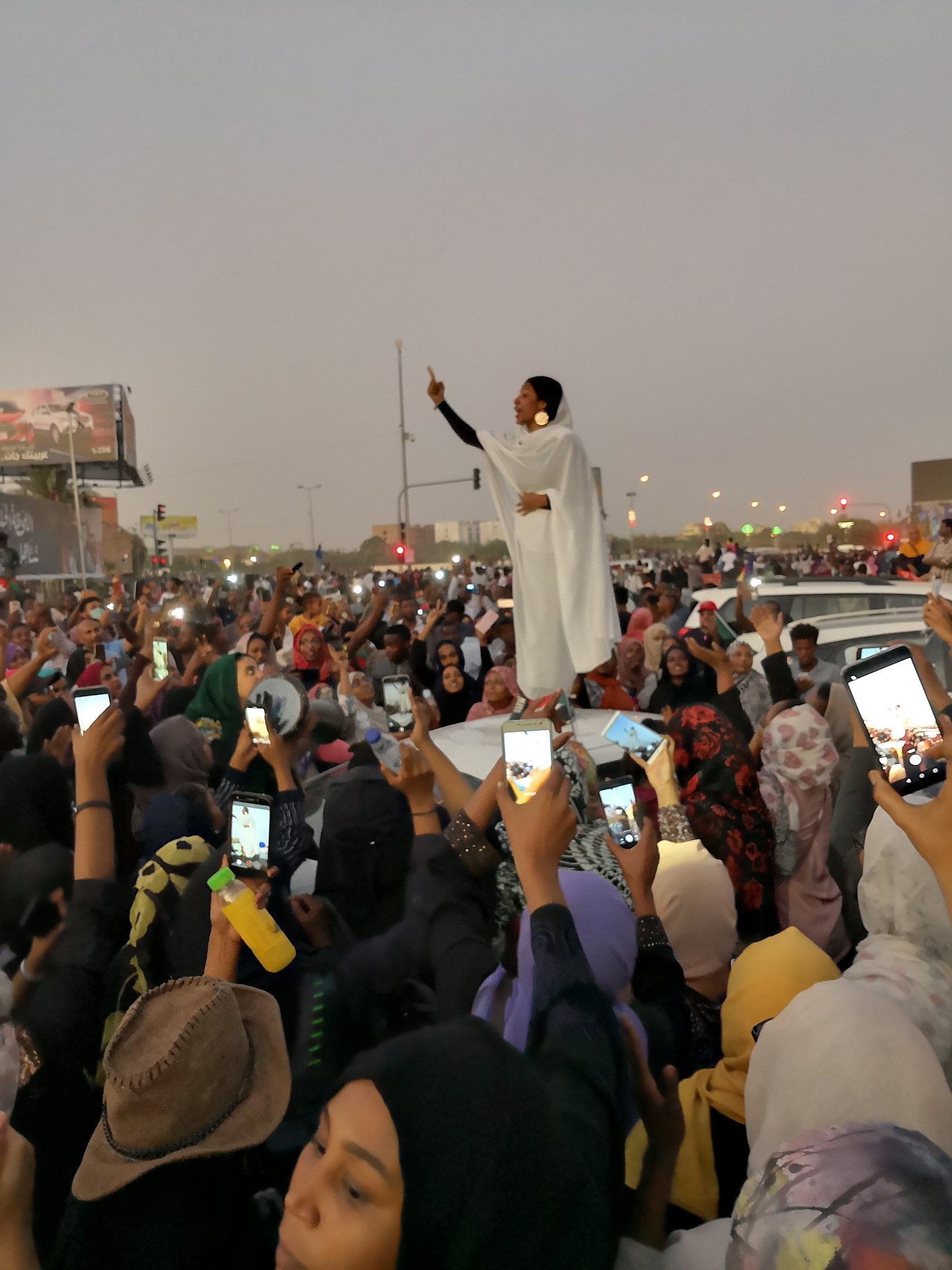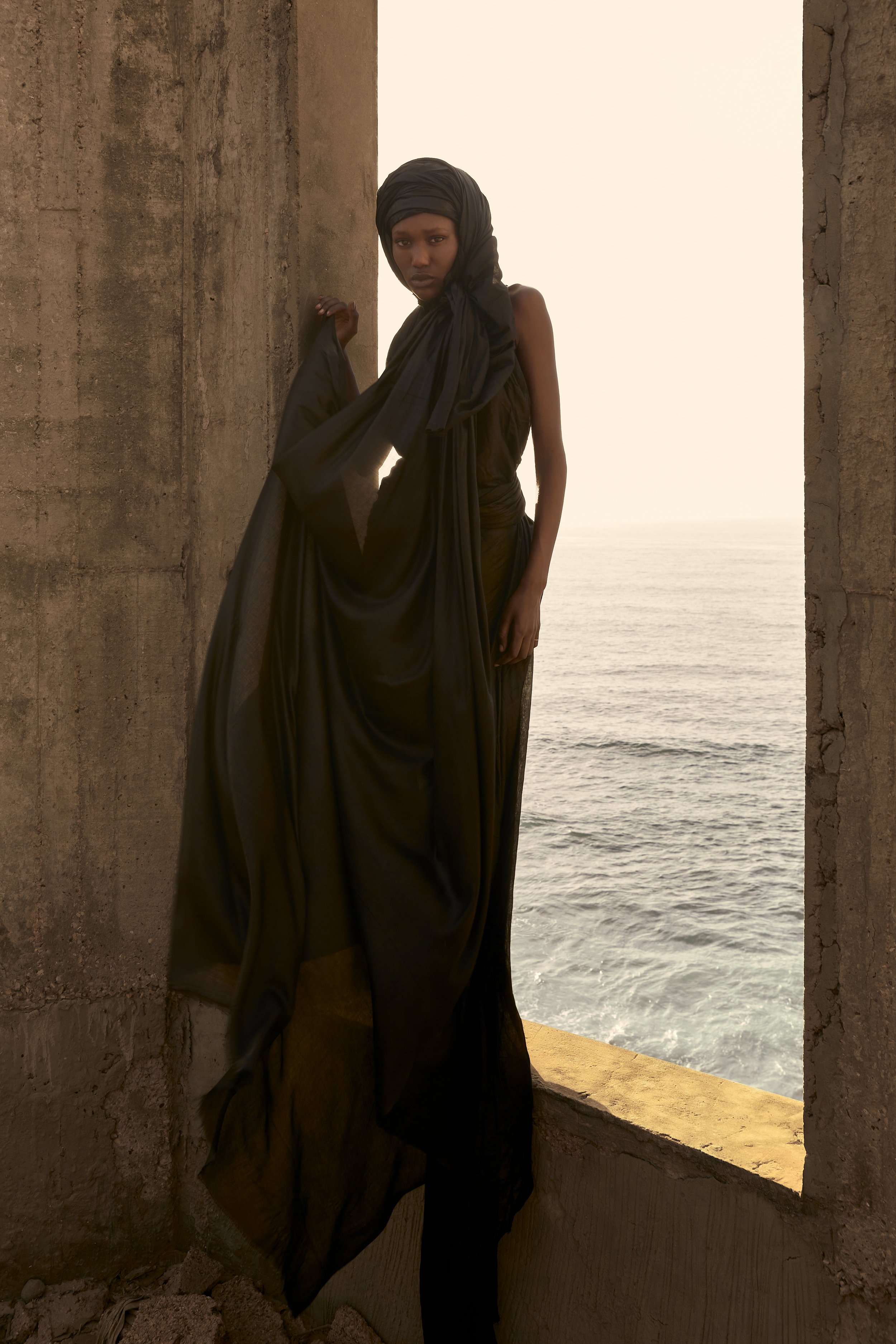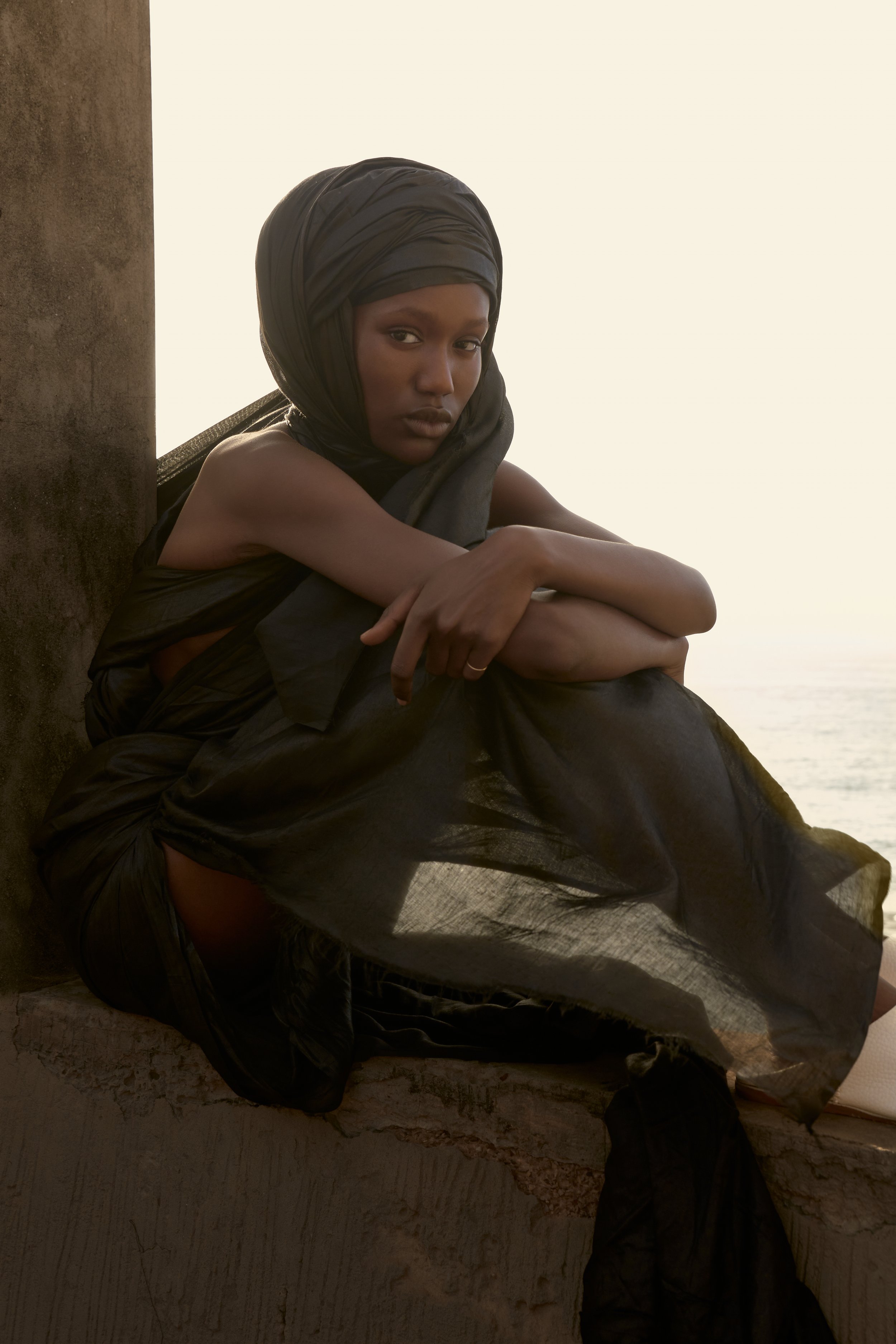“I really embrace my diverse heritage. My father is Senegalese, and my mother is from Niger. As for me, I was born in Dakar and raised between Montreal and New York City,” says Fatou Alhya Diagne. This introduction from the young cultural and fashion entrepreneur reflects her pride in being part of the 350 million people in the African diaspora – one of the biggest diasporas in the world after China and India. But not just that. In 2020, she created FAD, a platform named after her initials, and the three pillars her initiative focuses on: Fashion, Art, and Development. FAD reflects its founder’s personal and professional identities as it aims to bridge the gap between tradition and modernity. But thinking of FAD as just a brand would be a mistake.
This one-of-a-kind initiative centres on creativity and culture through an ecosystem, strongly emphasising a digital approach, to put African artisans and creatives on the global stage. Fatou believes that to achieve this, FAD must continuously educate itself on the culture and history of the continent – something she’s been doing herself throughout her education in international development studies and international arts management, and throughout her extensive travels in Africa. These formative experiences not only inform her vision of the world and the fashion and arts industries, but enable her to see Africa’s untapped development potential.
Model Fatou Diawara shot by Quentin MKA, MULFE SERIES PART I
On creating authenticity and longevity
“As we know, Africa has a very strong potential for sustainable manufacturing. However, we need to identify artisans’ skills and products rather than impose the Western demand on African markets” Fatou argues. It is an atypical approach embodied perfectly by FAD’s recent Mulfe Series – a project that “aims to showcase the cultural significance of the Melhfa, a long rectangular cotton cloth, which is commonly worn in many African countries, particularly across the Sahel. This fashionable garment comes in a variety of colors and serves as protection against sand, heat, and sun while also embodying elegance, grace, power, and resistance due to its rich historical implications.”

During the 2019 Sudanese revolution, a powerful image of student Alaa Salah went viral. She was on top of a car, giving a speech to a crowd of protestors wearing a white thoub – another name for the melhfa. The young woman knew the garment held strong symbolism, explains Vanessa Friedman in the New York Times. “The choice of a white thoub, a garment no longer popular among young Sudanese (who associate it with an older generation), reflected a connection to mothers and grandmothers “who dressed like this while they marched the streets demonstrating against previous military dictatorships”, she writes.

It is one of the many stories behind the Melhfa* that Fatou uncovers, as she gives more insights into the fabric’s origins with excitement throughout our conversation, “The Melhfa is actually a sari that originally came from modern-day India and Pakistan that has been then spread to different African countries”. Exploring the rich history of the fabric with her team brought them to Niamey, Niger, where they spoke to artisan tailors and merchants about where it came from and how they see their craft evolving. After observing the rising trend of brands incorporating African cultural references (such as the Ghana Must Go bag in Celine and Louis Vuitton collections) and taking inspiration from Africa’s heritage without context, FAD wanted to consciously do the opposite.










